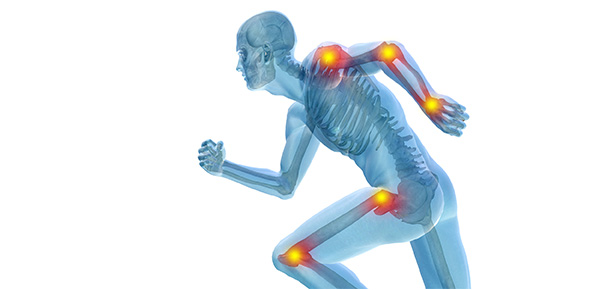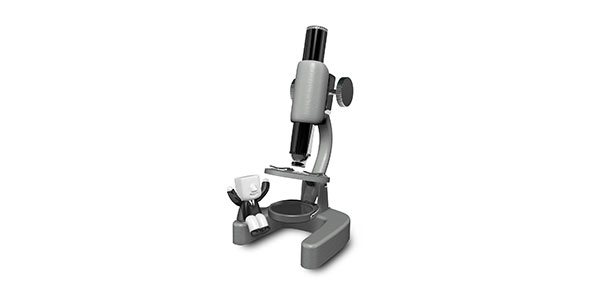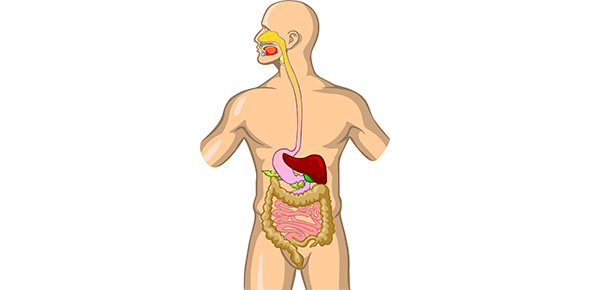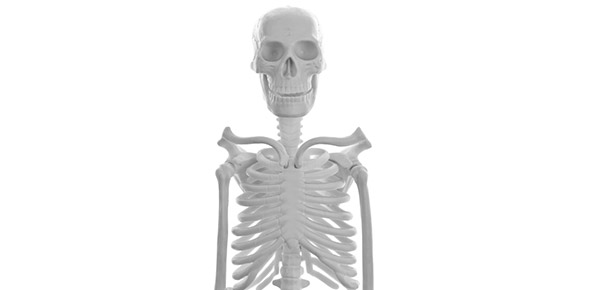Related Flashcards
Related Topics
Cards In This Set
| Front | Back |
|
Definition: Receptor
|
Receptor: is a specialized cell or process that monitors conditions in the body or in the external environment
|
|
Definition: Sensation
|
Sensation: sensory information arriving at CNS
|
|
General Senses
|
Receptors distributed throughout the body
- temperature - pain - touch - pressure - vibration - proprioception |
|
Special Senses
|
- located in specialized sense of organs
- olfaction - gustation (taste) - equilibrium/balance - hearing - vision - sensory receptor: specialized cell that sends sensation to CNS |
|
Receptors and Receptive Field
|
- Each receptor monitors a specific area known as the receptive field.
- Receptive field: area monitored by a single receptor cell |
|
Simple Classification of Receptors
|
1. exteroreceptors
2. proprioreceptors 3. interoreceptors |
|
Exteroreceptors
|
Tell the CNS about external environment
|
|
Proprioreceptors
|
Tell the CNS about body position (muscles and joints)
|
|
Interoreceptors
|
Tell the CNS about internal environment (monitor condition inside body)
|
|
Types of General Sense Receptors
|
1. Nociceptors
2. Thermoreceptors 3. Mechanoreceptors 4. Chemoreceptors |
|
Nociceptors
|
- pain
- respond to stimuli associated with tissue damage - types of nociceptors: - sensitive to extremes of temperature - sensitive to mechanical damage - sensitive to dissolved chemicals - two types of pain sensation: - fast (prickling) pain - slow (burning/aching) pain - free nerve endings |
|
Thermoreceptors
|
- respond to changes in temperature
- conduct sensations along same pathway as nociceptors - free nerve endings |
|
Mechanoreceptors
|
Respond to physical distortion, contact, or pressure
- tactile receptor: touch, pressure, vibration - baroreceptors: pressure changing in walls of vessels, tracts - proprioceptors: position of joints and muscles |
|
Chemoreceptors
|
- monitor chemical composition in body
- important in cardiovascular and respiratory functions |
|
Types of receptors in skin
|
- Each receptor responds to different stimulus
- Receptors are in dermis |








